Pictured above is a section of clay liner, it becomes the flue for cement block or brick chimneys. This liner has been routinely installed in chimneys since the 1930's eventually becoming part of the building code and be required in the construction of brick and block chimneys.
Typical clay liners are 2 foot in length and require a bead of cement or mortar joint to adhere one on top of the other for the entire length of the chimney. Many factors go into why a chimney needs to be relined. Over time flue gases can deteriorate the interior walls of the clay liners.The flaking off or breakdown usually happens over a 30 yr plus period. Other factors relate to the structure of the chimney itself that can cause the clay liners to be cracked broken or displaced. This usually occurs due to the support structure around the clay liner as the chimney is constructed. Expansion and contraction naturally occurs within the chimney. This can generally cause displacement or shifting of clay liners within the flue or the chimney as seen below.
Typical clay liners are 2 foot in length and require a bead of cement or mortar joint to adhere one on top of the other for the entire length of the chimney. Many factors go into why a chimney needs to be relined. Over time flue gases can deteriorate the interior walls of the clay liners.The flaking off or breakdown usually happens over a 30 yr plus period. Other factors relate to the structure of the chimney itself that can cause the clay liners to be cracked broken or displaced. This usually occurs due to the support structure around the clay liner as the chimney is constructed. Expansion and contraction naturally occurs within the chimney. This can generally cause displacement or shifting of clay liners within the flue or the chimney as seen below.
Pictured below is a clay liner that has deteriorated over time from flue gases.
Local cities, towns and states across the nation use the National Fire Protection Association or NFPA 211, as the guideline for chimney professionals and masons in regards to building code. NFPA 211 requires a chimney to be repaired or relined if there are cracks, deterioration, missing mortar joints in between clay liners and liner displacement. That being said a repair of one or two clay liners being replaced at the top of the chimney is possible but the only two alternatives for these code infractions can only be full chimney replacement or relining with stainless steel chimney liners.
Finally stainless steel relining is usually required when updating gas or oil burning appliances, especially when they are high efficiency. Flue gases from these appliances rapidly deteriorate clay liners due to an increase in condensation mixed with flue gases.
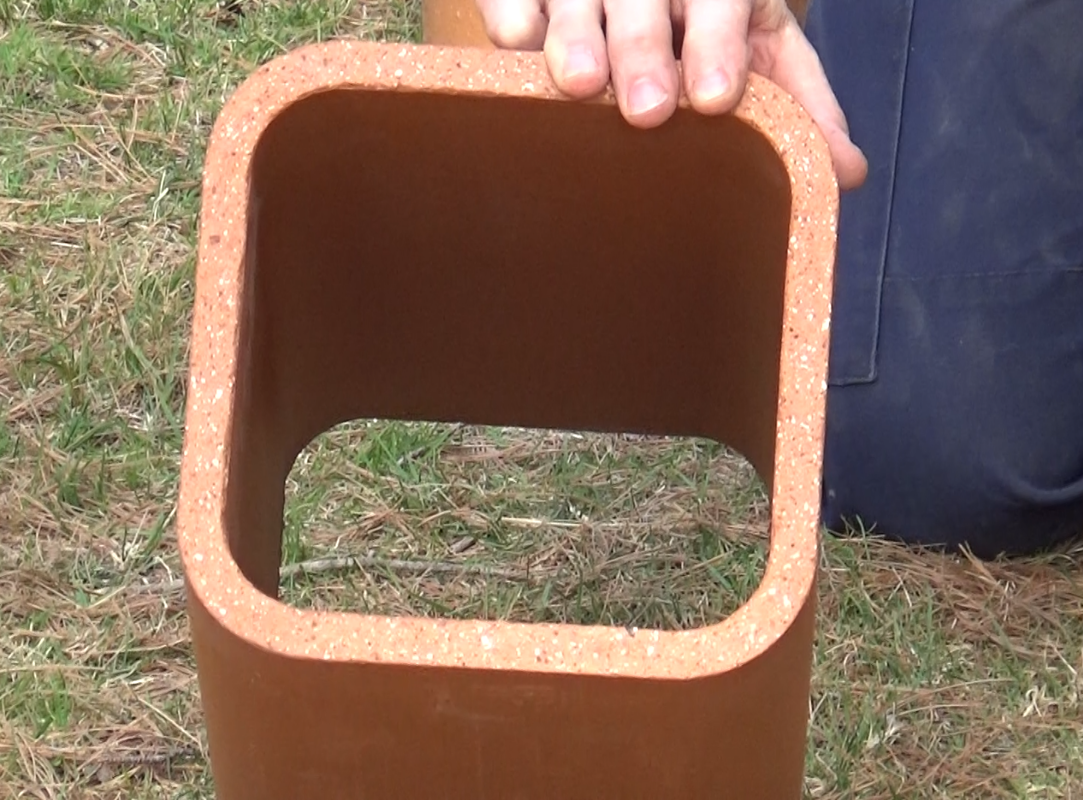
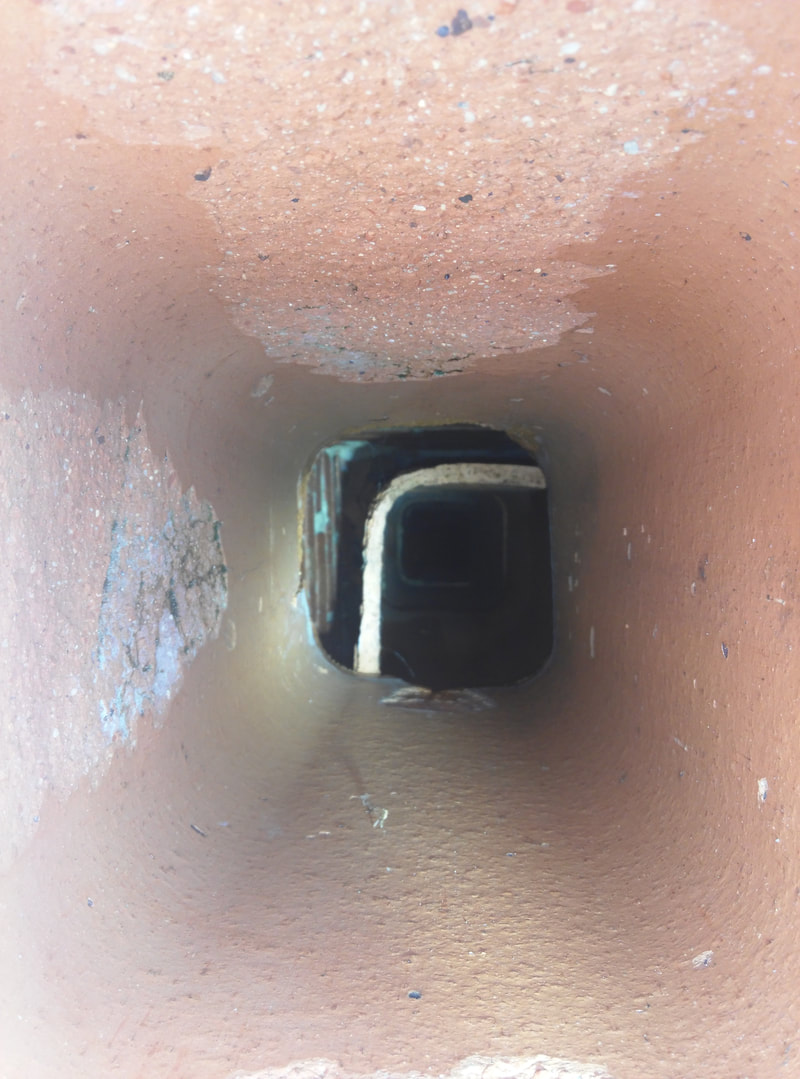
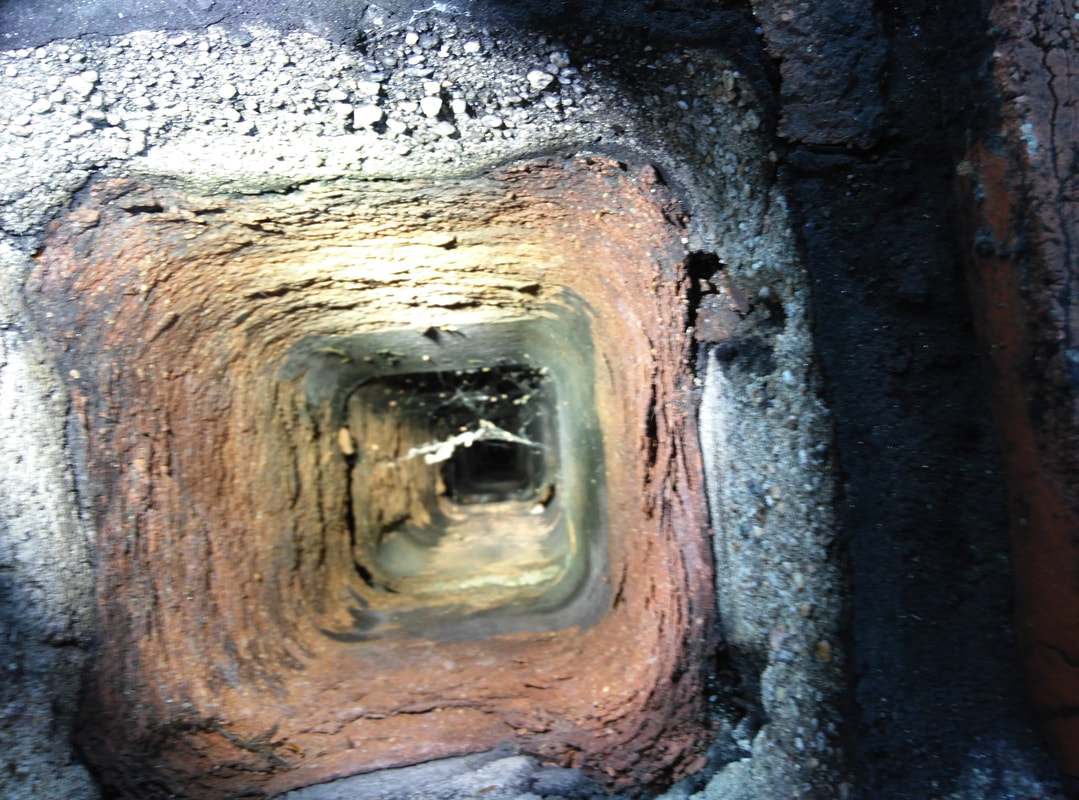
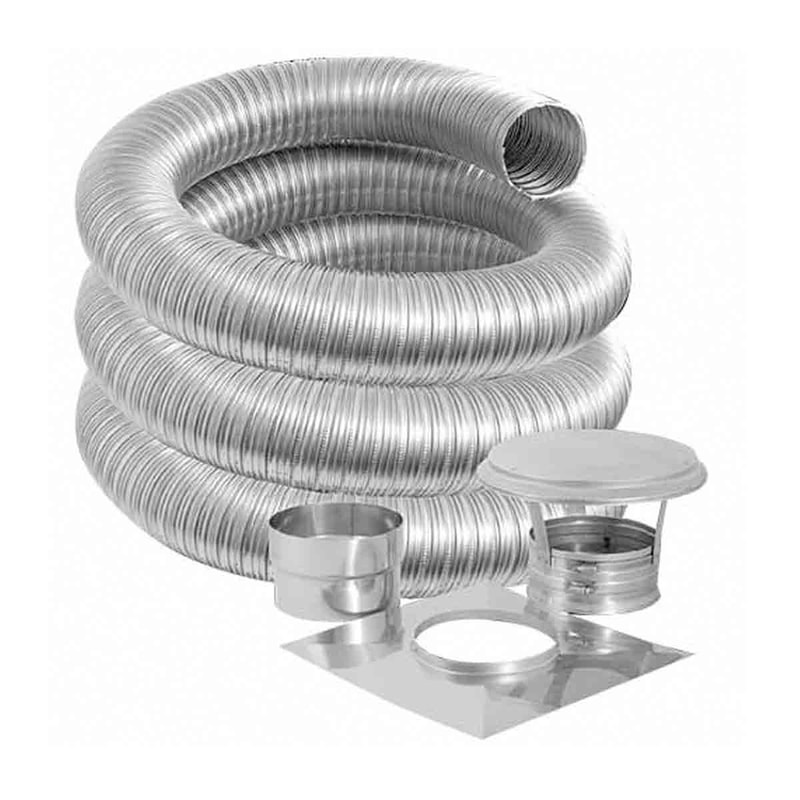
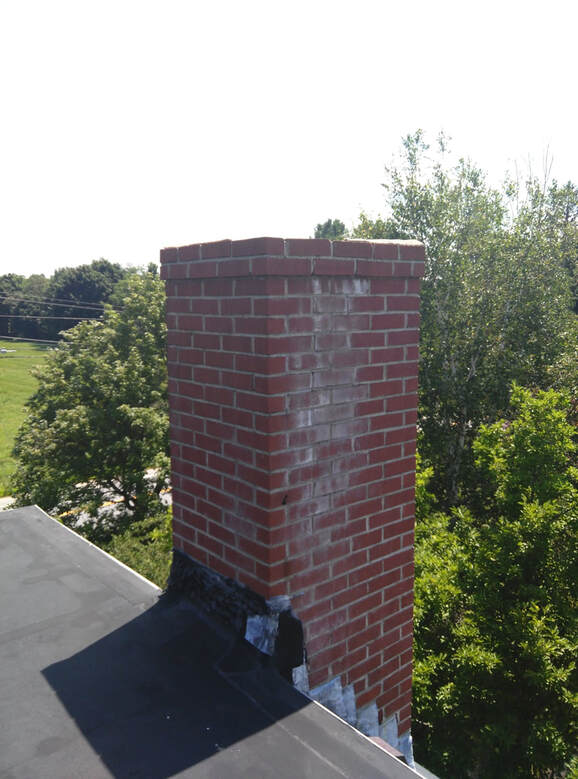
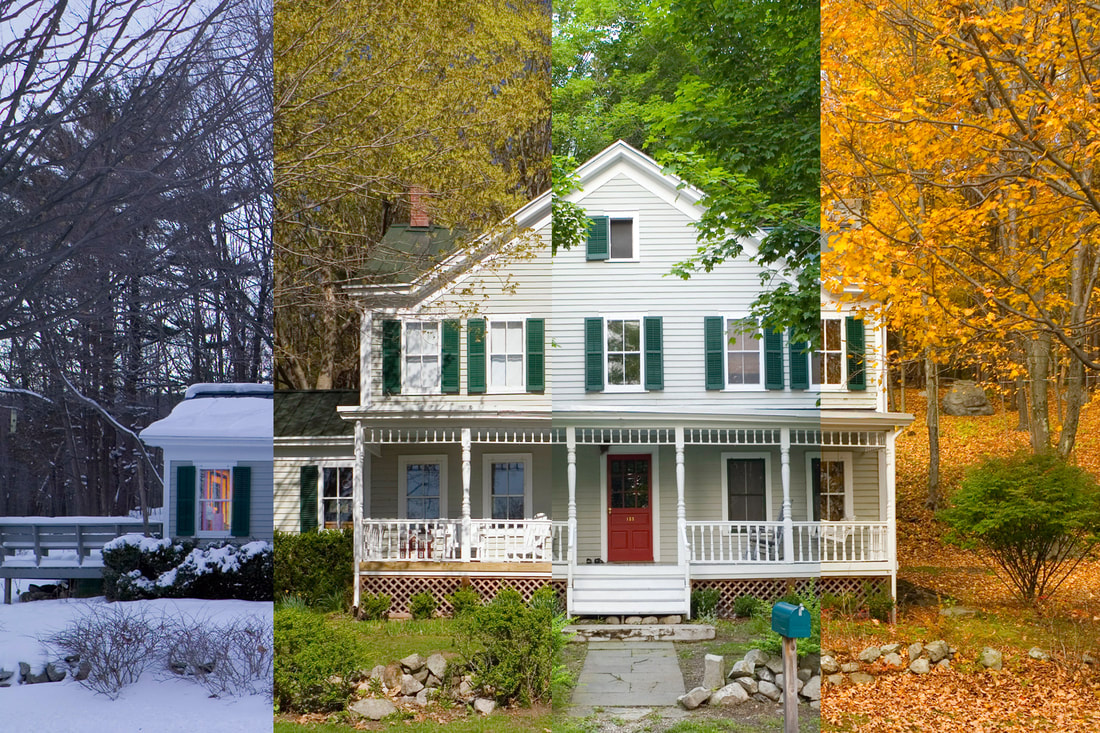
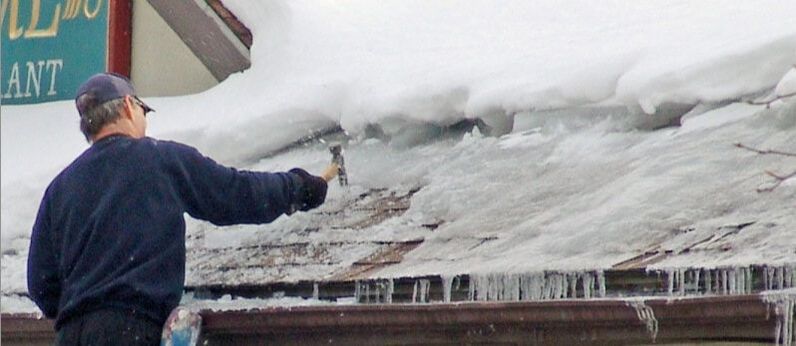
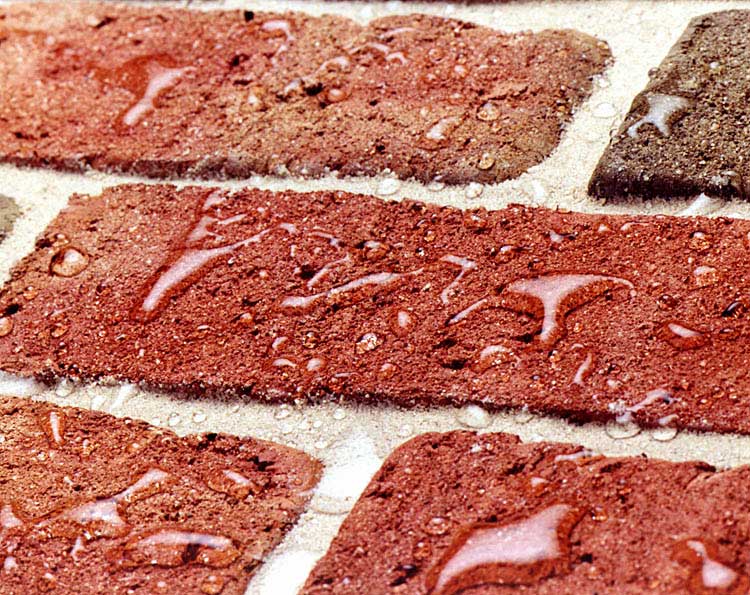
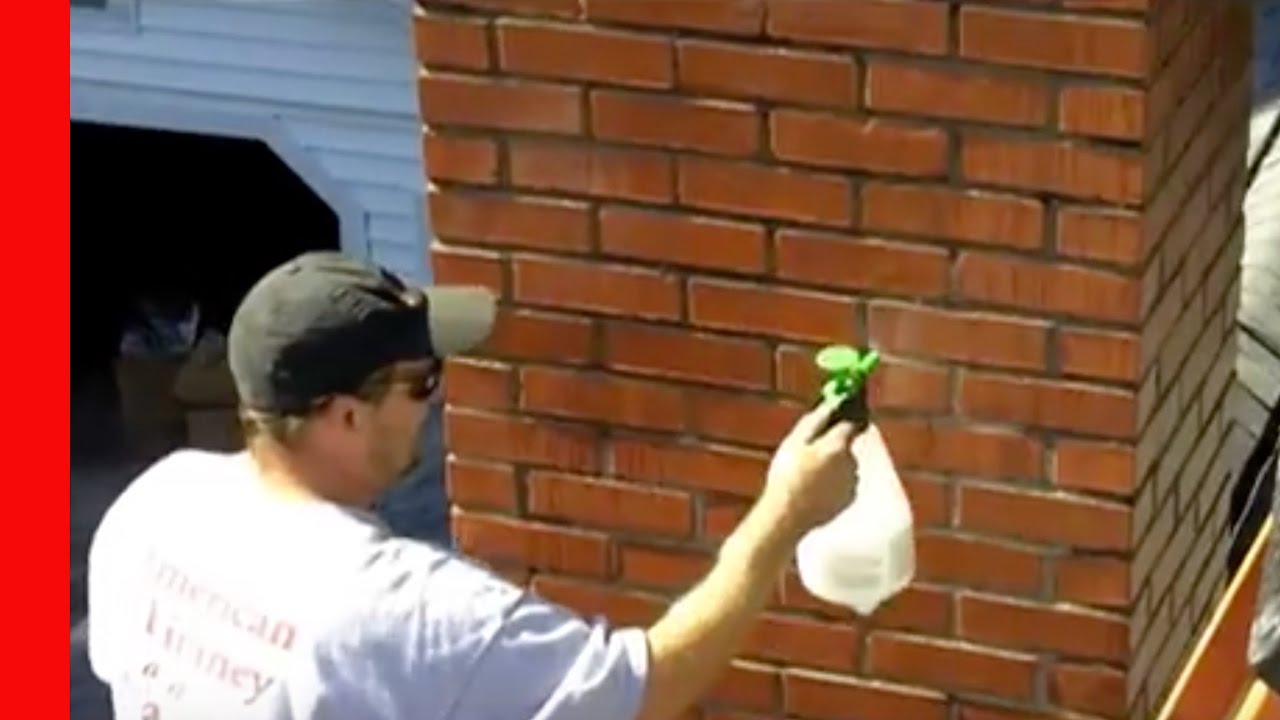
 RSS Feed
RSS Feed
